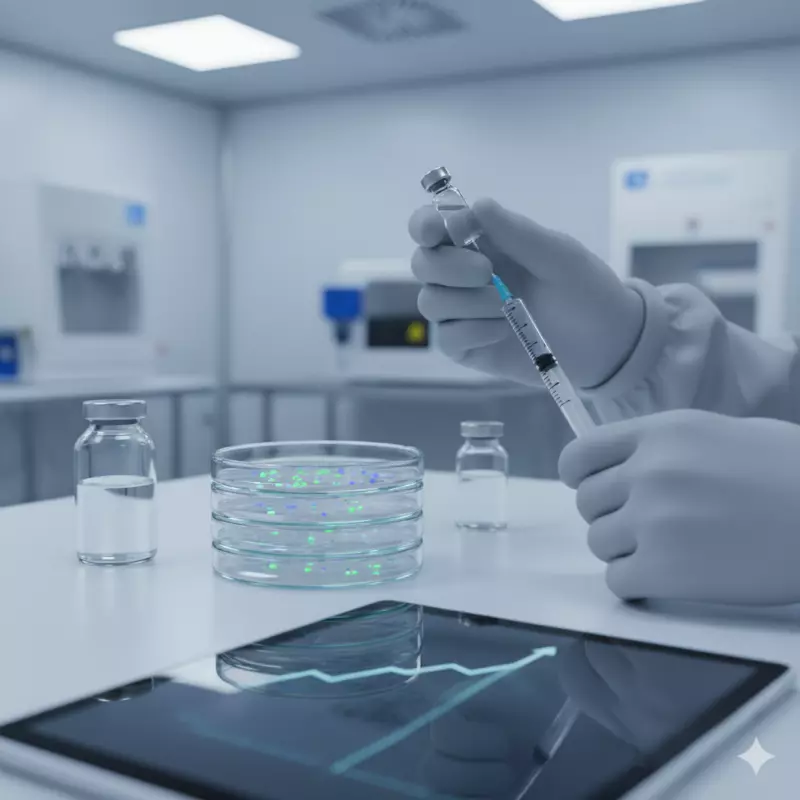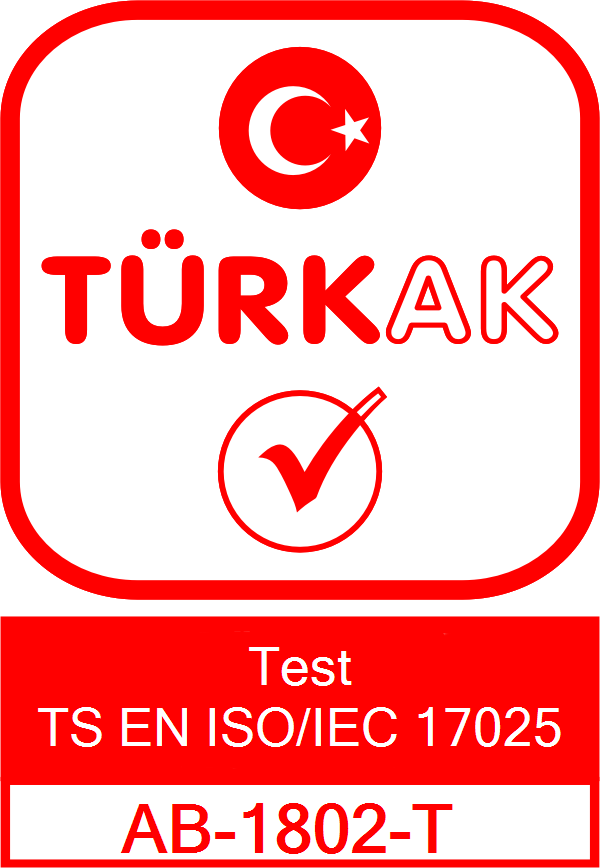
Sterility Test ISO 11737-2
Sterility Test ISO 11737-2
Contents
Sterility Test in Medical Products and ISO 11737-2 Standard: Validation, Methods, and Critical Controls
In medical devices and pharmaceutical products, a sterility test is a key validation step performed to verify that the product is free from viable microorganisms. Especially for implantable and single-use medical devices, the sterility test must be conducted in compliance with the ISO 11737-2 standard to ensure global acceptance. This article explains the methodology, incubation process, risk management, and validation steps in detail based on the ISO 11737-2 framework.
1. What Is a Sterility Test and Why It Is Necessary?
After sterilization, even the presence of a single microorganism may lead to serious complications such as infection, pyrogenic reactions, or sepsis. Therefore, each sterility test must confirm that the product is microbiologically safe. The ISO 11737-2 standard defines the procedures, risk assessments, and interpretation criteria used during the sterility evaluation.
2. Sterility Test Stages According to ISO 11737-2 Standard
A sterility test based on the ISO 11737-2 standard includes the following technical steps:
| Stage | Description | ISO 11737-2 Requirement |
|---|---|---|
| Sample Preparation | Sample is transferred aseptically to a Class ISO 5 laminar flow cabinet. | Mandatory aseptic conditions |
| Transfer/Extraction | The product is filtered or directly inoculated in the growth medium. | Validated transfer procedure |
| Culture Media | Tryptic Soy Broth (TSB) – Aerobic, Fluid Thioglycollate Medium (FTM) – Anaerobic | Both media must be used |
| Incubation | 20–25°C (fungi/yeast) and 30–35°C (bacteria) | Minimum 14 days |
| Controls | Positive control, negative control, and product control | Required by ISO 11737-2 |
| Result Evaluation | Turbidity / clarity | Both visual and automated inspection required |
Any turbidity in the media during a sterility test is interpreted as microbial growth.
3. Validation, SAL Value, and Risk Management
In addition to test results, process reliability is also verified. The ISO 11737-2 standard requires the Sterility Assurance Level (SAL) to be 10⁻⁶, meaning:
1 out of 1,000,000 products may contain a viable microorganism.
Key validation parameters include:
-
Bioburden determination (in accordance with ISO 11737-1)
-
Sterilization process type: Ethylene Oxide, Gamma irradiation, Steam
-
Resistant microorganisms (Bacillus atrophaeus, Geobacillus stearothermophilus)
-
Positive control organisms: Staphylococcus aureus, Pseudomonas aeruginosa, Candida albicans
A successful sterility test proves both sterilization efficacy and process consistency in line with the ISO 11737-2 standard.
4. Which Products Require Sterility Test According to ISO 11737-2 Standard?
The sterility test and ISO 11737-2 standard are mandatory for the following product categories:
-
Single-use medical devices (syringes, cannulas, catheters)
-
Injectable pharmaceuticals and infusion solutions
-
Implants (orthopedic screws, stents, dental implants)
-
Surgical sutures and wound closure materials
Each production lot must undergo a validated sterility test to ensure patient safety.
5. Non-Conformities and Corrective Actions According to ISO 11737-2 Standard
If a sterility test yields a positive result, the ISO 11737-2 standard requires investigating root causes such as:
-
Aseptic handling errors
-
Contaminated culture media or filtration systems
-
Sterilizer malfunction or insufficient penetration
-
Damaged packaging integrity
In such cases, re-sterilization is not permitted. Instead, a Root Cause Analysis (RCA) and Corrective and Preventive Actions (CAPA) must be initiated.
6. Conclusion
The sterility test is not merely a regulatory requirement but a life-critical safety measure in medical product manufacturing. The reliability and acceptance of this process are ensured through the globally recognized ISO 11737-2 standard. Manufacturers that comply with this standard guarantee both patient safety and regulatory compliance.

